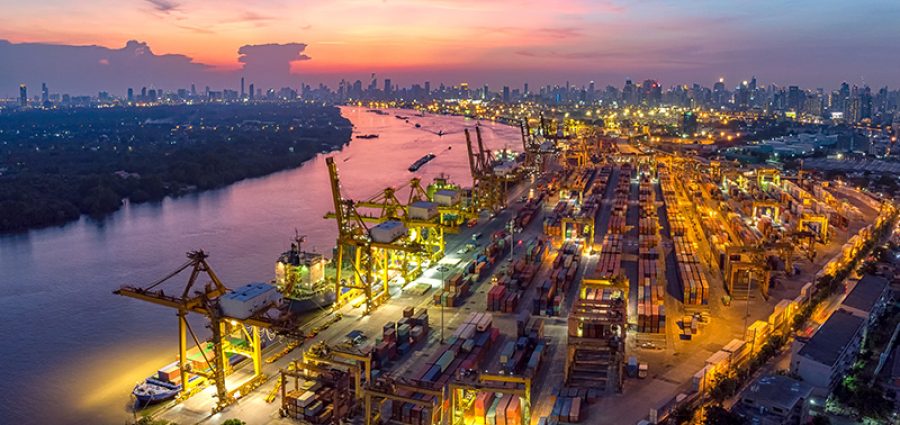Supply chain disruption costs fell by roughly 50% for many large companies between 2022 and early 2023, but procurement practices still have a long way to go to reach the relative pre-COVID ease of just a few years ago, according to a new study from supply-chain risk management company Interos.
Despite decreased financial losses from disruptions in 2022, shortages and delivery delays remain challenges, according to the study, which surveyed 750 procurement leaders across the U.S., Canada, the United Kingdom and Ireland.
“At a global level we haven’t done a good job managing risk,” one survey respondent said. “We assumed everything would work flawlessly. And now we know it doesn’t.”
MDM’S SHIFT Conference, held Sept. 18-20 in Denver, brings together distribution leaders to learn and network across topics of sales & marketing, digital transformation, data analytics and talent management. Find more info here.
The leaders were from companies with annual revenue of at least $500 million and in industries that included energy, oil and gas, and utilities; financial services; private and public healthcare; federal, national, and central government; and aerospace and defense. The survey was conducted in spring 2023, so the report contains information on disruptions from one year earlier.
Among the large changes in supply chain costs, disruptions led to approximately $82 million on average in annual losses per company in 2022. For comparison, companies in the aerospace industry reported $182 million in disruption costs in 2021 and $184 million in 2020, according to the report.
For all companies surveyed, the estimated average cost per disruption was $22 million. Companies reported experiencing four “major supply chain disruptions” over the prior 12 months that required significant mitigating action.
“As organizations continue to wrestle with multiple risks associated with climate change, geopolitical turmoil, rising sanctions and controls, inflation, and financial instability, our annual survey demonstrates an urgent need for a more rigorous and anticipatory approach to risk detection and mitigation through leading vs lagging indications,” Interos Founder & CEO Jennifer Bisceglie said in the report summary.
Among other key findings from the study:
- On average, organizations only assess 56% of their critical suppliers for risk.
- 95% of organizations do not consider themselves to have reached the uppermost stage of supply-chain risk management/third-party risk management maturity.
- More than 90% of organizations would not be aware of a supplier disruption in all the tiers of their supply chain within 48 hours of occurrence (varies by type of disruption).
- 74% of procurement leaders agree that they cannot hope to comply with emerging regulations without supporting data, analytics, and risk management software.
And while COVID-related effects have mostly subsided, events such as the Russia-Ukraine war, rising geopolitical tensions between the U.S. and China, and natural disasters continue to create headwinds for supply-chain efficiency.
Related Posts
-
Salaries for U.S.-based supply chain professionals continue to rise, with median income reaching $98,570 in…
-
New PwC research revealed that most firms are struggling to effectively implement supply chain technology.…
-
Chicago-based personal protective equipment maker SureWerx named Eric Fouts as their Vice President of Global…





